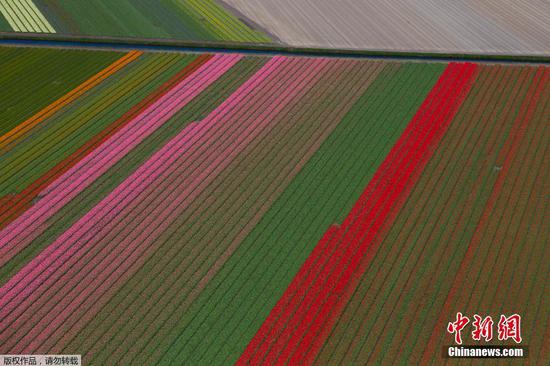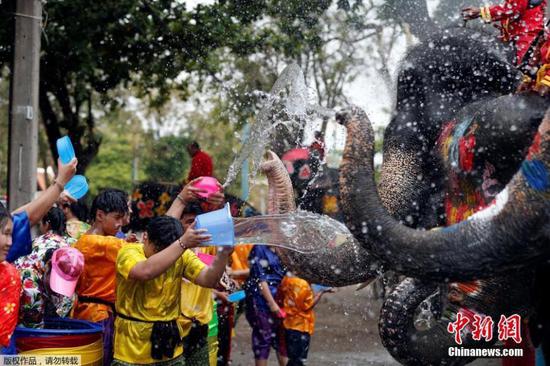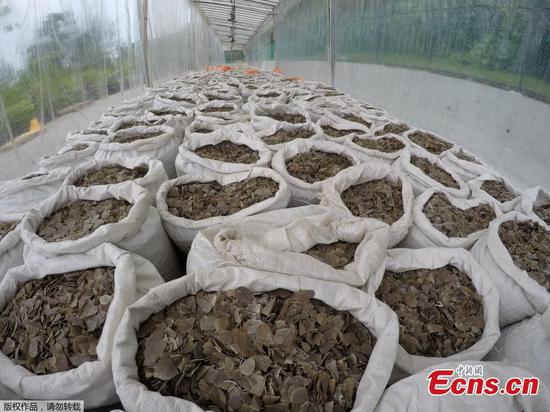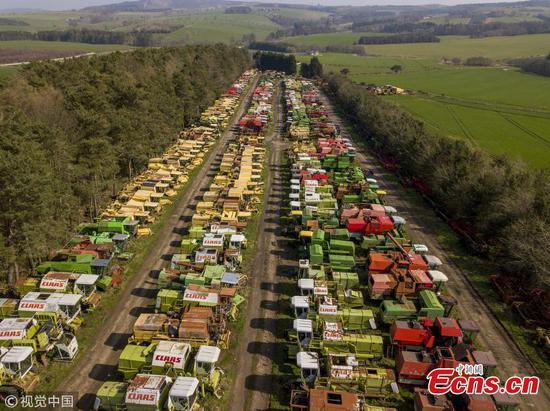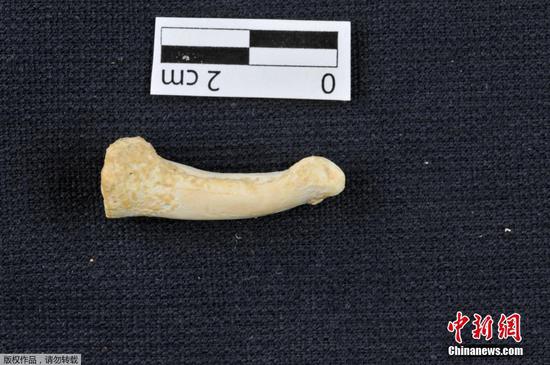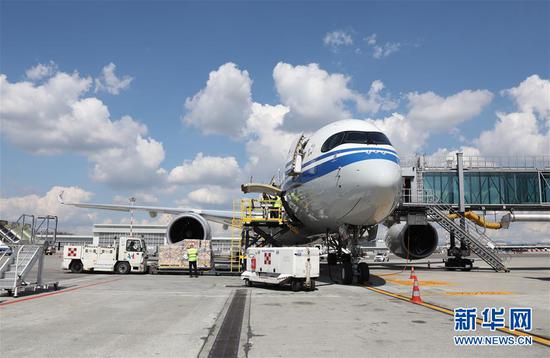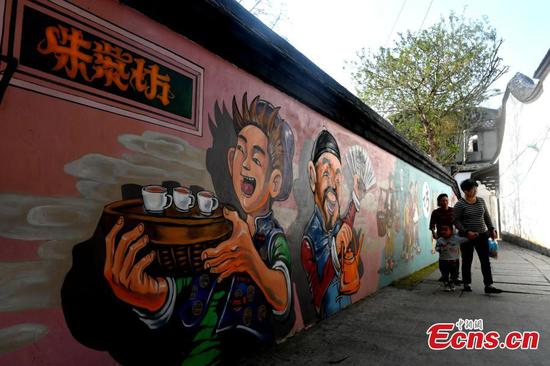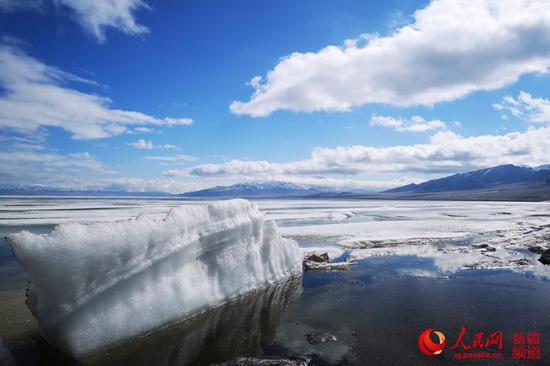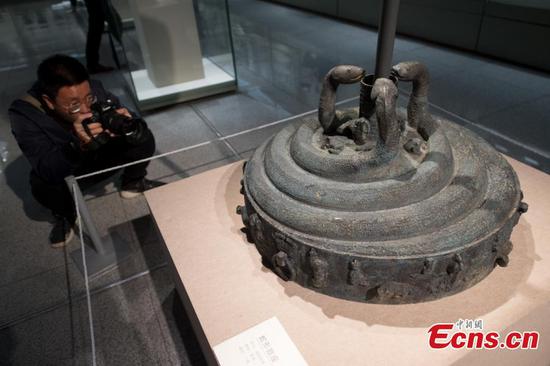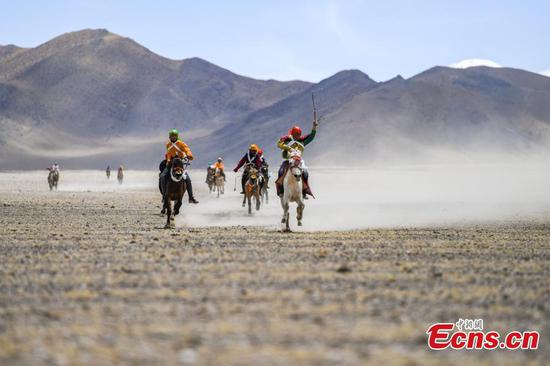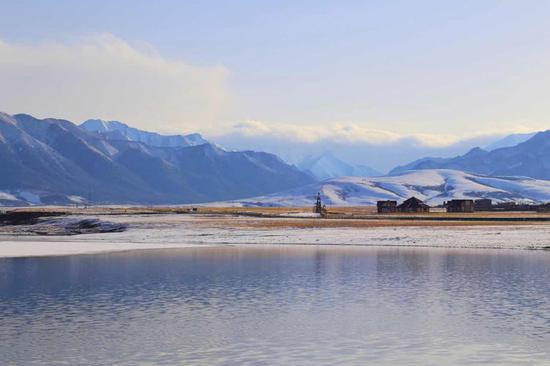
The 72 switchbacks that zigzag sharply through the Chamdo section of National Highway 318. (ZHANG YANGFEI/CHINA DAILY)
"Loose rocks fell every day, hitting cars or pushing them down into the gorge. Our daily task was to save cars and people," he said, adding that dozens, occasionally hundreds, of people were trapped, injured or even killed every year by the frequent accidents.
As the single-track bridge was followed by a lane change, vehicles blocked the road every day. According to Wang, the longest period of congestion lasted several days and the tailback extended more than 10 km.
"The constant rainfall kept the road muddy and the mountain slope was very steep, so trucks often broke down and completely blocked the cars behind. We couldn't let those cars stop there, though, because they were at risk of falling rocks, so we had to direct them one by one until they retreated to a safe place in the nearest town," he said.
In addition to directing traffic day and night, Wang and his comrades patrolled the bridge daily to ensure that every screw in the structure was tight and solid. They also filled holes in the road surface, despite the potential danger.
He recalled that in 2005, an officer using a steamroller to smooth the road surface was thrown over the 100-meter-high cliff when the roadbed collapsed. Luckily for the officer, the machine flipped in the air, throwing him onto a patch of grassy land. He survived, but sustained a broken back.
The journey is no longer as dangerous, because a new bridge was opened to traffic in 2016, the road has been widened and sealed, and tunnels run through the mountains to protect vehicles from falling rocks.
Despite the improvements, Wang remains, checking the bridge and maintaining the road as usual. "Nineteen years later, I am proud to be a guardian of the bridges," he said.
















